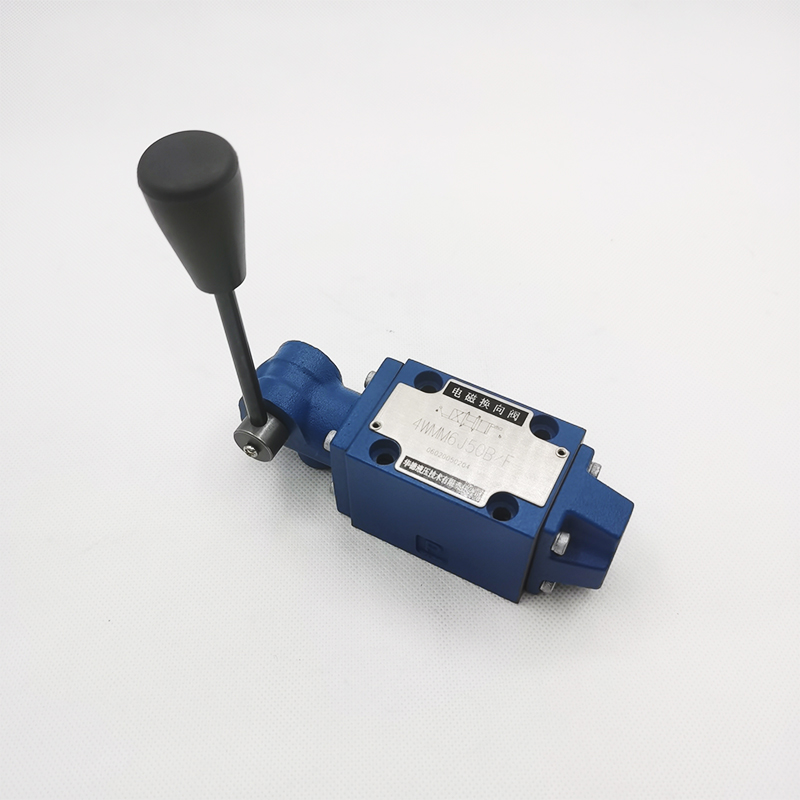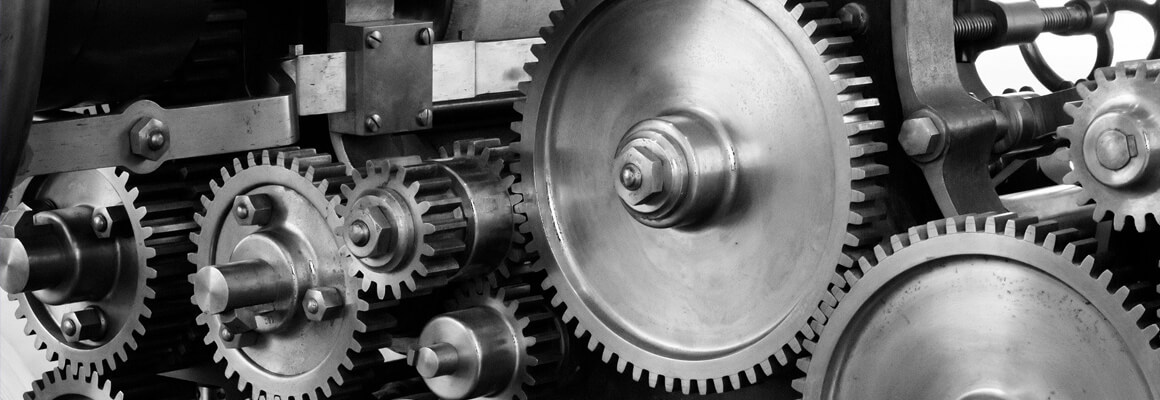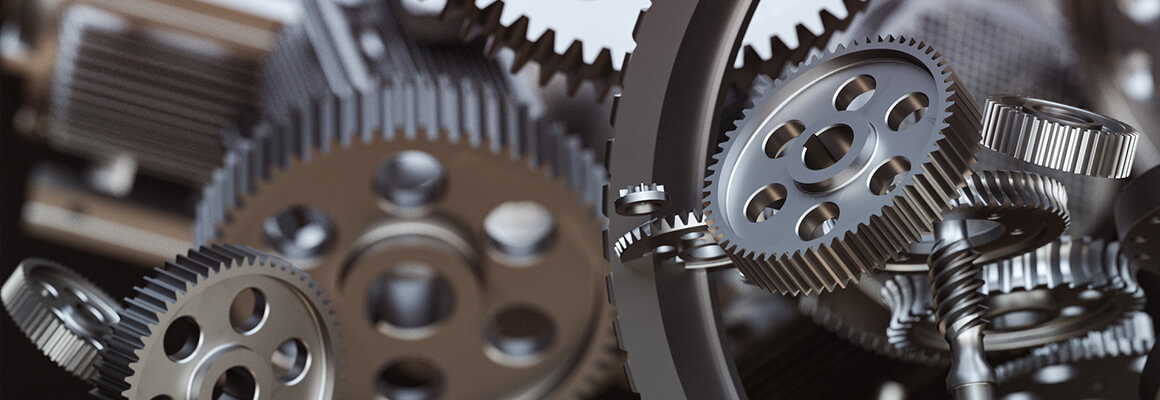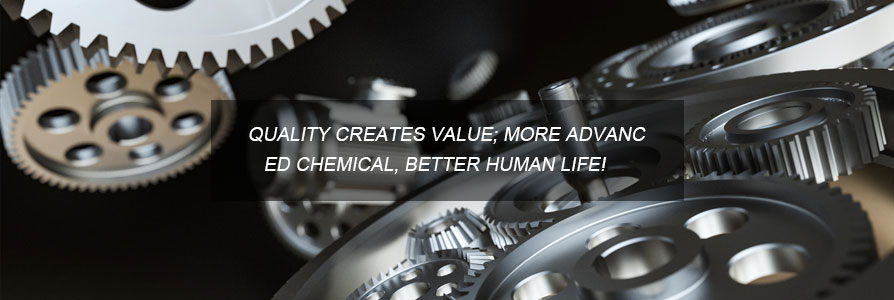Analysis of the 6 common problems of electromagnetic reversing valves
The directional valve is a directional control valve with more than two flow forms and more than two oil ports. It is a valve that realizes the communication, cutting and reversing of hydraulic oil flow, as well as pressure unloading and sequential action control. It is a directional control valve that relies on the relative movement of the valve core and the valve body. There are two types: rotary valve type and slide valve type. According to the number of working positions where the valve core stays in the valve body, it is divided into two-position and three-position; according to the number of oil circuits connected to the valve body, it is divided into two-way, three-way, four-way and six-way; the ways to operate the valve core movement include manual, motorized, electric, hydraulic, electro-hydraulic and other types. The electromagnetic reversing valve has losses during normal use, and when the loss reaches a certain level, it will fail to work. This article shares the parts and solutions of electromagnetic reversing valves that are prone to failure.
The push rod of the electromagnetic tube wears shorter
The function of the push rod in the electromagnetic tube is to push the valve core to make it move when the armature moves. The push rod and the valve core are not integrated. Therefore, wear is bound to occur in constant contact. After long-term high-frequency reversing, it may wear and become significantly shorter. At this time, the valve core is not in place, affecting the normal operation of the electromagnetic reversing valve. The fault can be solved by replacing the push rod. Note that the specifications and dimensions of the new push rod should be consistent with the original accessories.

Electromagnet damage (burning)
Burning is also one of the common faults of electromagnetic directional valves. One of the main reasons is quality problems, such as poor processing of the iron core, too low wire diameter standard of the wire material and easy overheating.
Failures caused by quality reasons can usually be clearly detected within a few hours of the electromagnetic reversing valve being powered on. For coil failures after working for a period of time, most of them are caused by the use environment.
Wear of the outer diameter of the valve core
This is the same as the wear of the inner hole of the valve body. Especially when there are too many and too large impurities in the oil, the wear of the valve core of the electromagnetic reversing valve will be aggravated.
Although this type of wear cannot be completely avoided, in order to extend the service life of the electromagnetic reversing valve and maintain a good working condition, the cleanliness of the hydraulic oil should be checked regularly, and the excessive contamination of the hydraulic oil should be dealt with in time. The valve core of the three-wing electromagnetic reversing valve is made of a unique material with a hardness of more than HRC60. Compared with the valve core of the ordinary electromagnetic reversing valve, it has better wear resistance, so its service life is greatly enhanced.
Fatigue or breakage of the reset spring
This type of fault is related to the material selection of the spring. The electromagnetic reversing valve uses imported piano wire springs, which are blackened on the surface and have good elasticity and fatigue resistance.
The strengthening of the surface treatment process can effectively prevent the spring from being corroded and has a long service life. In case of such a fault, the springs on both sides must be replaced at the same time, and the length must match the design value of the electromagnetic reversing valve.
Wear of the inner hole of the valve body
The frequent reciprocating movement between the valve core and the inner hole of the valve body. Although the valve core of the electromagnetic directional valve is designed with an oil groove, which can maximize the contact surface and reduce friction, according to the working nature of the electromagnetic reversing valve, the wear of the inner hole of the electromagnetic reversing valve body cannot be completely avoided. The solenoid valve body is made of ductile iron. Different from the ordinary electromagnetic reversing valve, the three-wing uses a unique raw material ratio to enhance the hardness of the valve body, which delays the wear and deformation of the inner hole of the valve body to a certain extent. The wear of the inner hole of the valve body can be repaired or replaced as needed. When replacing, it is necessary to pay attention to whether the new valve body can match the original electromagnetic reversing valve related components, such as electromagnetic tubes, sealing rings, etc.
Caused by uncommon problems
The above are the 5 most common problems of electromagnetic hydraulic directional valves. There may also be some other uncommon problems, such as voltage and current instability, large impact fluctuations, and burnout.
And according to the working principle of the electromagnet, when the valve core of the electromagnetic reversing valve is stuck, the armature cannot move to the position after the electromagnet is energized. At this time, the temperature of the coil will rise sharply and it is very easy to burn out in a short time. This type of fault accounts for the majority of solenoid valve coil failures. Therefore, in actual maintenance, if the coil burns out, you should first check whether the solenoid valve works smoothly. After eliminating the valve core jamming and other faults, replace the new coil, otherwise the coil may still burn out after replacement. The inner diameter of the coil of the electromagnetic reversing valve 02 diameter is 20mm. This value may be different for coils from different manufacturers. The inner diameter and length of the replaced coil must be consistent with the original product, otherwise it cannot be used.




